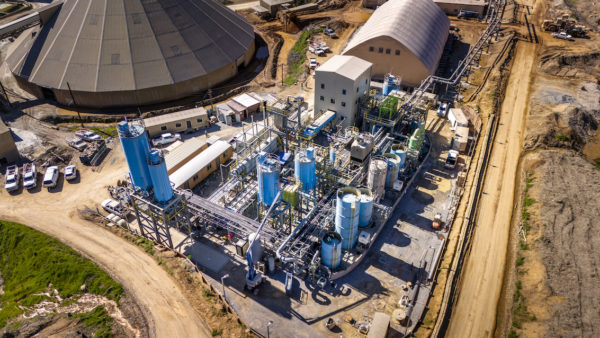American researchers have found a way to use an enzyme extracted from blood cells to make a self-healing concrete that is four times more durable than traditional formulae.
A team at the Worcester Polytechnic Institute in Massachusetts say the carbonic anhydrase enzyme reacts with atmospheric carbon dioxide to create calcium carbonate crystals that automatically fill cracks before they cause structural problems.
The work, published in the journal Applied Materials Today, details three concrete mixes. One will autonomously mend small cracks, a second can induce self-healing in larger cracks, and a third can be used to mend cracks that have already formed in traditional concrete.
Nima Rahbar, an associate professor of civil and environmental engineering at the institute, was the lead author of the paper. He commented: “If tiny cracks could automatically be repaired when they first start, they won’t turn into bigger problems that need repair or replacement. It sounds sci-fi, but it’s a real solution to a significant problem in the construction industry.”
He added: “We looked to nature to find what triggers the fastest CO2 transfer, and that’s the CA enzyme. Since enzymes in our bodies react amazingly quickly, they can be used as an efficient mechanism to repair and strengthen concrete structures.”
The process, which Rahbar has patented after five years of research, can heal millimetre-scale cracks within 24 hours.
To mend a bigger crack or hole, Rahbar said, calcium and CO2 can be applied to spur autonomous healing. The same mixture can be used, but with a different application process, to initiate healing in already-set traditional concrete.
Image: Nima Rahbar (right) with a sample of the self-healed concrete (Courtesy of the Worcester Polytechnic Institute)
Further reading:
- New Zealand University develops bacteria that repairs cracks in concrete
- How fungus-infested concrete could heal itself
- Concrete, heal thyself: UK firm pilots new breed of material that could save billions
Â










